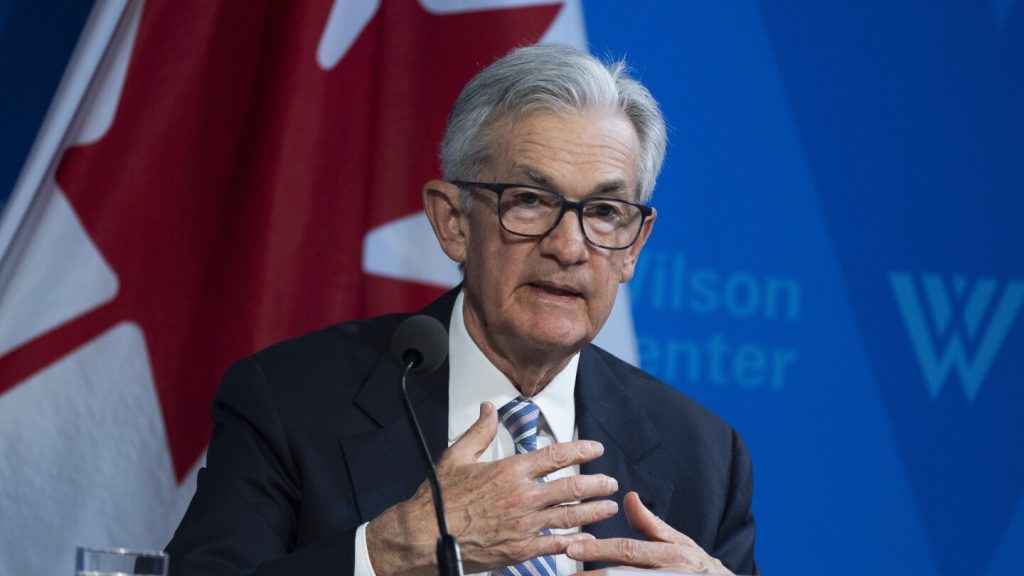Federal Reserve Chair Jerome Powell indicated on Tuesday that persistently high inflation will likely delay any potential interest rate cuts by the Fed until later in the year. This suggests that interest rates may remain higher for a longer period of time. Powell stated that recent data does not provide greater confidence that inflation is coming under control and it may take longer than anticipated to achieve this goal. He also mentioned that if higher inflation persists, the current level of interest rates can be maintained for as long as needed. This could mean that the Fed may not carry out the three quarter-point rate reductions that were previously expected based on their March meeting.
Powell’s remarks signify a change from his previous stance in March, where he had expressed confidence in potential rate cuts. However, recent data showing inflation above the Fed’s target of 2% and a robustly growing economy have led to a reevaluation of the timing of rate cuts. Inflation rose to 3.5% in March and a core measure excluding food and energy increased for the third consecutive month. Initially, traders had expected up to six rate cuts this year but are now projecting only two cuts, with the first potentially happening in September. The Fed’s current rate stands at 5.3%, a 23-year high after multiple rate hikes in the past two years.
Fed Vice Chair Philip Jefferson also indicated a shift in the Fed’s stance on rate cuts in a speech on Tuesday. He suggested that the Fed may not carry out three cuts this year as previously anticipated. Jefferson expected inflation to continue to slow but did not mention future rate cuts in his speech. This is a departure from his previous comments in February where he suggested the likelihood of rate cuts this year. Powell and Jefferson both emphasized that any potential rate cuts would depend on unexpected weakening in the labor market rather than inflation concerns. Despite reports of a strong economy and high inflation, Fed officials do not see a pressing need to reduce their benchmark rate anytime soon.
Recent government data showing a jump in retail sales indicates that consumer spending remains strong due to robust job growth and higher asset values. This can potentially lead to elevated inflation as businesses may increase prices knowing that consumers have the capacity to spend more. The Fed’s cautious approach towards rate cuts reflects its focus on maintaining a balance between supporting economic growth and managing inflation. Powell’s comments and the overall shift in the Fed’s outlook signify a new approach towards monetary policy that prioritizes stability in light of persistent inflation pressures. The decision on timing and extent of rate cuts will likely depend on further data and economic developments in the coming months.


